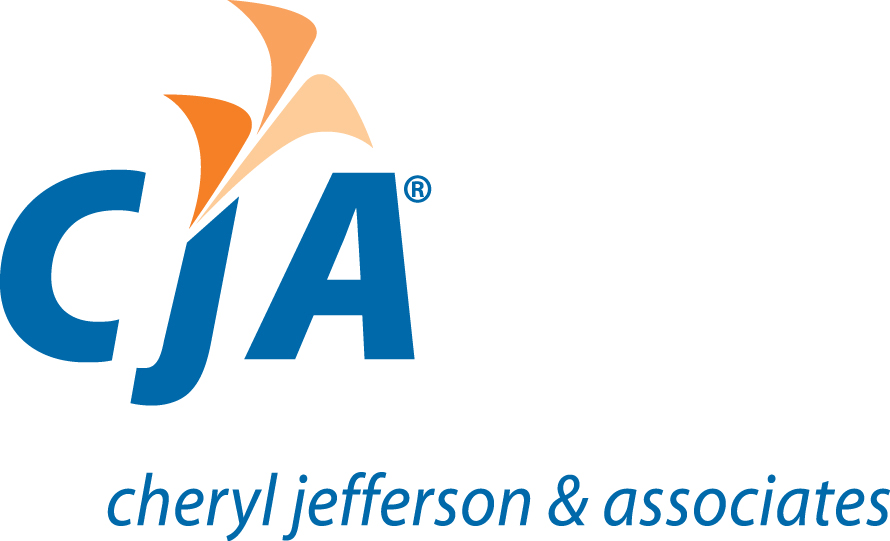What does Section 199A Qualified Business Income mean for S Corp Shareholders?
There have been a lot of changes and uncertainties with the 2018 corporate tax changes. Since an S Corporation (S Corp) is a pass through entity, the corporation does not pay taxes in most situations. So what does all this talk about reducing corporate tax have to do with an S Corp? How will the shareholders be affected? The focus here will be on companies who file the 1120S tax return.
Section 199A allows S Corp shareholders to take a deduction on qualified business income (QBI). QBI per IRC 199A (c)(1) is “the net amount of qualified items of income, gain, deduction, and loss with respect to any qualified trade or business of the taxpayer”. Basically, it is the taxable net income. The deduction which an S Corp shareholder can take is the lessor of 20% of QBI OR the greater of 50% of W-2 wages or 25% of W-2 wages plus 2.5% of the unadjusted basis after acquisition of qualified property [IRC 199A (b)(2)(B)]. Clear as mud? Let’s break this down.
S Corp Information
Here are two S Corps’ information used below as examples; S Corp 1 and S Corp 2. S Corp 1 has one shareholder, Shareholder A and S Corp 2 has two shareholders, Shareholder B own 60% and Shareholder C owns 40%.
| Example Information for tax year 2018 | ||
| QBI | Unadjusted Basis | |
| S Corp 1 | $ 100,000 | $ 120,000 |
| S Corp 2 | $ 180,000 | $ 200,000 |
| Shareholder % | W-2 Wages | |
| Shareholder A | 100% | $ 50,000 |
| Shareholder B | 60% | $ 30,000 |
| Shareholder C | 40% | $ 20,000 |
20% of QBI
S Corp 1 Shareholder A will use $20,000 ($100,000 x 20%) for the deduction calculation. The S Corp 2 shareholders will calculate their deduction calculation as follows; Shareholder B will use $21,600 ($180,000 x 20% x 60%) for the deduction calculation while Shareholder C will use $14,400 ($180,000 x 20% x 40%).
50% of W-2 wages
This part is as straight forward as it sounds. Each shareholder must calculate 50% of their wages to use as part of the deduction calculation. The W-2 deduction calculations would be as follows; Shareholder A $25,000 ($50,000 x 50%), Shareholder B $15,000 ($30,000 x 50%) and Shareholder C $10,000 ($20,000 x 50%).
25% of W-2 wages plus 2.5% of Unadjusted Basis
The first part of this is self-explanatory. The second part is a bit trickier. The unadjusted basis after acquisition of qualified property, is a calculation of net income without the depreciation expenses and deductions. For Shareholder A the deduction calculation will be $15,500 [($50,000 x 25%)+($120,000 x 2.5%)]. For Shareholder B the deduction calculation will be $10,500 [($30,000 x 25%) + (60% * ($200,000 x 2.5%))] and Shareholder C $7,000 [($20,000 x 25%) + (40% + ($200,000 x 2.5%))].
| Section 199A calculations | ||||
| Lessor of | ||||
| Greater of | ||||
| 20% of QBI | 50% of Wages | 25% wages + 2.5% Unadj Basis | ||
| Shareholder A | $ 20,000 | $ 25,000 | $ 15,500 | |
| Shareholder B | $ 21,600 | $ 15,000 | $ 10,500 | |
| Shareholder C | $ 14,400 | $ 10,000 | $ 7,000 | |
Example Results
Shareholder A’s deduction will be the 20% of QBI. It is the lessor of $20,000 vs the greater of $25,000 and $15,500. On the other hand both Shareholder B and Shareholder C will use the 50% of wages for their deduction. It is the greater of 50% wages and 25% wages plus 2.5% Unadjusted Basis which is also the lessor compared to 20% of QBI.
What does this all mean?
Prior to this deduction, shareholders faced tax rates up to 39.6% for the full amount of business income as the income was taxed at the personal rate. This deduction lowers the amount of taxable income for individual business shareholders with pass through entities. Thresholds on shareholders’ personal returns will affect the maximum tax benefit each individual can personally take.
A Few Limitations
There are two big limits to be aware of. The first is the threshold limit for the individual shareholders. Per IRC 199A (e)(2)(A) until the threshold limit of $157,500 income for single tax filers and $315,000 income for joint tax filers, the 20% deduction is fully deductible. The income used to calculate includes all sources of income not just the business income. The amount of the 20% income deduction is phased out ending with $0 income deduction allowed after $207,500 income for single tax filer and $415,000 for joint tax filers [IRC 199A (b)(3)(B)(i)(I)].
The second limit is the type of businesses which are not eligible. IRC 199A(d)(2) specifically defines specified service trade or business as a trade or business as defined by IRC 1202(e)(3)(A) without the words engineering or architect.
Tax laws are an ever changing world and often complicated. Consult with your accountant to make sure you are making the most of tax deductions.
Contributed by Jamie M. Shryock, CPA


How do wages paid to shareholders affect the calculation of QBI at the passthrough level and at the individual level?
It comes down to the calculations. If shareholder wages are increased, the taxable income would decrease. Which means in the calculations above the 20% of qualified business income will decrease. However, the shareholder wages would increase for the calculations based on shareholder wages. The lessor of these two is the allowed deduction. Keep in mind this does not equal to a $0 effect on the above formulas. In general, wages would decrease the section 199A deductions for shareholders on their K-1s.
For an S-Corp owned by one shareholder, is it the K-1 line 1 that is used to calculate this person’s QBI deduction?
And then for two shareholders, their individual K-1 line 1 amounts?
Per IRS Publication 535 Chapter 12, S corporations shareholders’ and partnership partners’ information for the deduction calculations come from Schedule K-1.
https://www.irs.gov/pub/irs-pdf/p535.pdf
How does Section 199A(c)(4) come into the calcuation of QBI? It appears that shareholder’s reasonable compensation (assume wages) would be added back to net income to arrive at QBI. Assume this is not a specified business.
Per IRS Publication 535 Chapter 12, W-2 box 1 wages are not included in the QBI calculation
https://www.irs.gov/pub/irs-pdf/p535.pdf
For an S-Corp owned by one shareholder, is it the K-1 line 1 that is used to calculate the QBI deduction?
And then for two shareholders, their individual K-1 line 1 amounts?
I have 2 shareholders 50/50- one receives w-2 wages as Reasonable salary for his work he does. The other does not. Would the w-2 wages come off shareholder 1 and not 2 or is it split 50/50(or based on the %)?
Each shareholder’s 199A credit is calculated individually based on the K-1 and W-2 for each individual. See IRS Publication 535 Chapter 12.
https://www.irs.gov/pub/irs-pdf/p535.pdf
I have 2 shareholders who received W-2 wages but not of equal amounts and then split net income 50/50. They also receive benefits included on their W-2, Box 1. Does their individual K-1 include only what each received per W-2, Box 1 plus 50% of net income?
See the following:
Per the IRS publication, section 199A is computed on the individual basis. You can use the worksheet provided in chapter 12.
https://www.irs.gov/pub/irs-pdf/p535.pdf
Here are links for Schedule K-1 instructions;
https://www.irs.gov/pub/irs-pdf/i1065sk1.pdf
https://www.irs.gov/pub/irs-pdf/i1041.pdf“